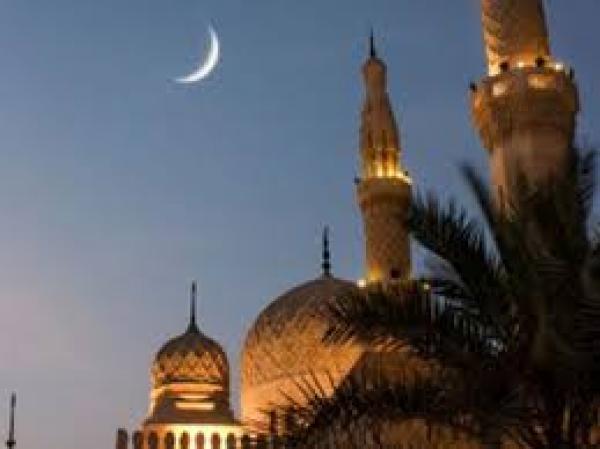The Islamic calendar, Muslim calendar or Hijri calendar (AH) is a lunar calendar consisting of 12 months in a year of 354 or 355 days. It is used to date events in many Muslim countries (concurrently with the Gregorian calendar), and used by Muslims everywhere to determine the proper days on which to observe the annual fast (see Ramadan), to attend Hajj, and to celebrate other Islamic holidays and festivals. The first year was the Islamic year beginning in AD 622 during which the emigration of the Islamic Prophet Muhammad from Mecca to Medina, known as the Hijra, occurred. Each numbered year is designated either H for Hijra or AH for the Latin anno Hegirae (in the year of the Hijra); hence, Muslims typically call their calendar the Hijri calendar. The Islamic calendar is now used primarily for religious purposes, and for official dating of public events and documents in Muslim countries. The Islamic calendar is not to be confused with a lunar calendar that is based on astronomical calculations. The latter is based on a year of 12 months adding up to 354.37 days. Each lunar month begins at the time of the monthly "conjunction", when the Moon is located on a straight line between the Earth and the Sun. The month is defined as the average duration of a rotation of the Moon around the Earth (29.53 days). By convention, months of 30 days and 29 days succeed each other, adding up over two successive months to 59 full days. This leaves only a small monthly variation of 44 minutes to account for, which adds up to a total of 24 hours (i.e. the equivalent of one full day) in 2.73 years. To settle accounts, it is sufficient to add one day every three years to the lunar calendar, in the same way that one adds one day to the Gregorian calendar, every four years.
Source:
Text:Wikipedia
Image:BLinfo

